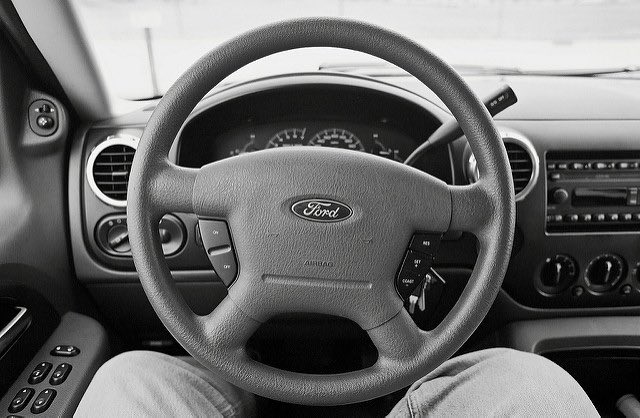The ride-hailing service Lyft Inc. will have a fully autonomous fleet by 2021, co-founder and President John Zimmer wrote in a blog post this weekend.
In January, Lyft entered into a partnership with General Motors Co. to develop a network of autonomous vehicles.
His prediction is in line with what other developers of autonomous vehicles are aiming for. Ford has also said it intends to put its own fleet of truly driverless cars on roads by 2021 (Greenwire, Sept. 15).
MORE: “Uber Against Hunger” Delivers Unused Food To Needy, Hits 1000-Meal Mark
Zimmer’s blog did not stop with aspirations for his own company. In a post filled with predictions about driverless cars, Zimmer wrote that autonomous Lyft rides are the first step to a future without car ownership, which he envisions will come to fruition by 2025.
He described millennials as itching to rid themselves from the “ball and chain” that is car ownership and said autonomous ride-sharing will make doing so practicable.
“The shift to autonomous cars will expand dramatically over the next 10 years, transforming transportation into the ultimate subscription service,” he said.
RELATED: Tesla Autopilot Feature Saves Sick Driver’s Life
Zimmer expects that autonomous vehicles will be introduced to the public gradually, writing that companies like Lyft don’t have to wait until autonomous technology can drive the vehicle in all kinds of conditions without human intervention.
In the next five to 10 years, Zimmer envisions a “hybrid” phase in which human drivers share the roads with robotic ones that will only be driving under specific conditions.
“Hypothetically, Lyft could initially have a fleet of autonomous cars that completes rides under 25 mph on flat, dry roads,” he wrote. “Then, we could upgrade the fleet to handle rides under those same conditions, but at 35 mph. And so on and so on, until every kind of trip can be completed by an autonomous car.”
WATCH: Tesla’s New Affordable Electric Car Went on Sale, Website Swamped With Orders
Ultimately, Zimmer writes, the big winners in the transition to autonomous vehicles will be cities, which he describes as being purpose-built to accommodate cars.
“Next time you walk outside, pay really close attention to the space around you. Look at how much land is devoted to cars — and nothing else. How much space parked cars take up lining both sides of the street, and how much of our cities go unused covered by parking lots,” he wrote.
Shared autonomous vehicles could change that, assuming they are constantly occupied shuttling among different customers, so that parking lots become obsolete.
CHECK OUT: Uber, Lyft Drivers Safer Than Average American Driver, Report Says
Zimmer’s vision is not unique.
San Francisco, for example, included using autonomous vehicles as a means to reduce skyrocketing housing prices in its pitch for the Department of Transportation’s Smart City Challenge (Greenwire, April 1).
“This is really a series of phases to transition us from an inequitable transportation system to a more optimized one based on demand and with more emphasis on active transportation like biking and walking,” Timothy Papandreou, chief innovation officer for the San Francisco Municipal Transportation Agency, said this spring. “The more we get people to stop owning cars, to bike and walk and ride or car share when they need, the more we can free up road space for other uses.”
Reprinted with permission from E&E Publishing
Drive This Story Over To Your Friends: Click To Share – Photo by Contemplative Imaging, CC




















